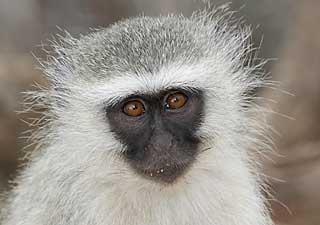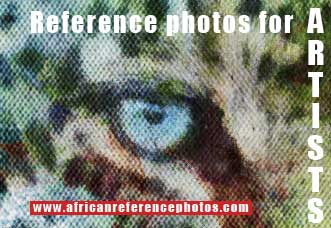Contact Details: Scotch Macaskill, Dirt Road Traders, Currys Post Road, Howick, KwaZulu-Natal, South Africa. Tel: +27 (0)82 578 2329. Privacy: Your privacy is guaranteed. See our Privacy Policy for more. This site accepts advertising and other forms of compensation - see Disclosure and Advertising for details. Site updated: 2022. Copyright © 2002 - 2022 Scotch Macaskill

| ||||||||||||||||||||||||||||||
| ||||||||||||||||||||||||||||||
|
ALL GALLERIES:
|
Monkey Pictures Pg 1Photographing monkeys in the wild is not as easy as it would seem, considering the frequency with which these primates are spotted when on safari in Africa.The little critters move quickly, are suspicious of people, and will often dart off as you lift your camera. The images featured here are all of vervet monkeys, commonly found in woodland, tree savannah and sub-tropical regions of southern Africa.
Permitted Uses: See Terms of Use. | |||||||||||||||||||||||||||||
|
|
||||||||||||||||||||||||||||||



















